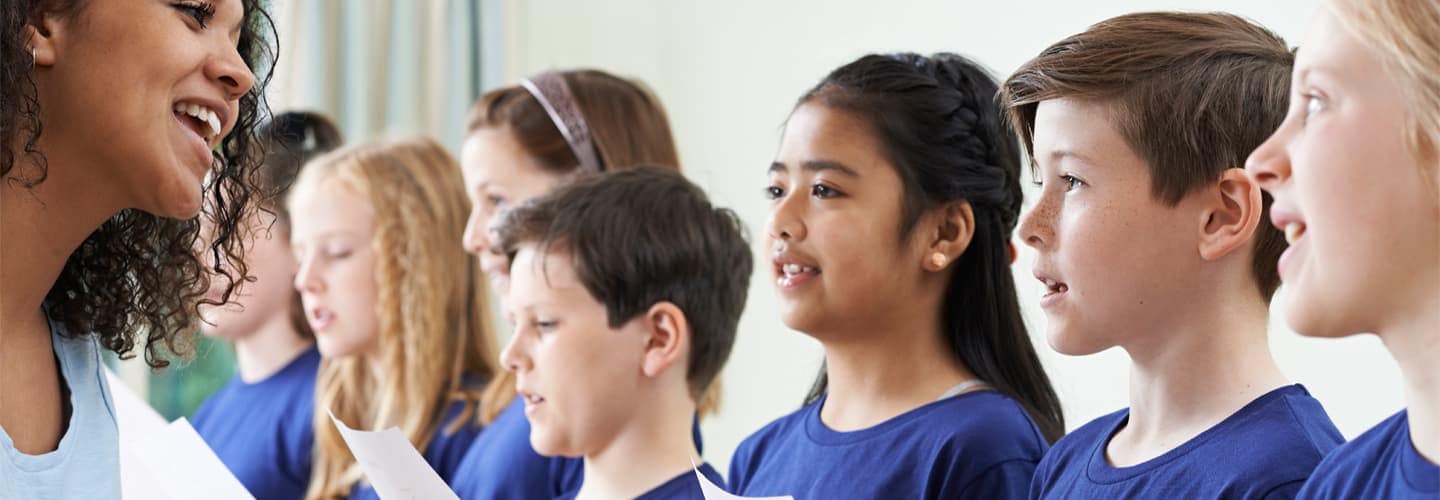
How to teach students to be global citizens
As teachers, we all want our students to work toward making the world a better place. Through focusing on global citizenship, this drive to change the world is something we can help foster every day in the classroom. In this post, we’ll explore how.
What are global citizens?
A global citizen is someone who knows that they are part of a worldwide community. They understand that there are people who have completely different lifestyles, appearances, cultures and routines but with whom we share common values and responsibilities. Global citizenship encourages tolerance and understanding, and learning about it helps children become open-minded adults.
In a primary English classroom, helping students become aware of themselves as citizens of the world will introduce them to a global way of thinking. We can do this while also helping them become familiar with, and proficient in, English.
How can we introduce the concept?
Before students put themselves in a global context, they should get to know themselves as individuals. But they should also get to know themselves as people who are part of their immediate communities.
In the classroom, this can be done by encouraging students to think about something personal, such as their likes and dislikes. We can then encourage students to look a little further: What kinds of homes do they see in their communities? What makes a house a home to them? What about people working in their communities — what important jobs do they do, and how do they make an impact?
For language teachers, the idea is to combine vocabulary and grammar structures with a slowly widening view of our world. Simply by introducing the concept that we are part of a worldwide community can take the children out of their own experiences and help them start to consider others.
Tips and activities
Social media makes it possible for teachers to contact each other across borders and to collaborate between their schools. Something simple, like organizing a class video call for students after lunchtime and encouraging students in different countries to discuss what they ate in English, can help learners become more globally aware.



